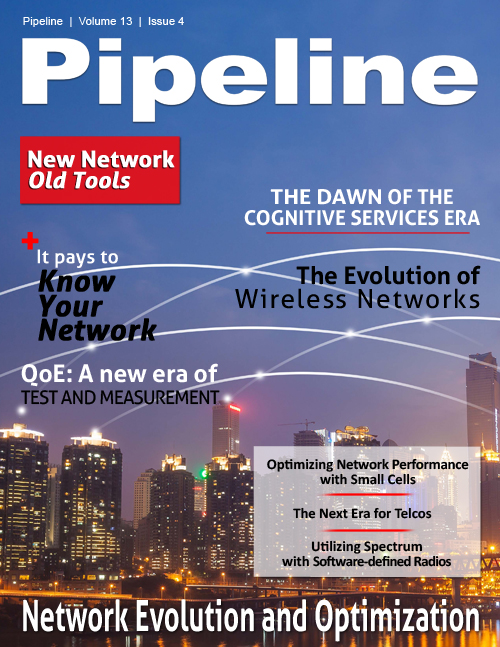Software-Defined Radios for Effective Spectrum Utilization
Field Programmable Gate Array (FPGA)
Field programmable gate arrays (FPGAs) are integrated circuits that allow designers to program digital logic that is customized. FPGAs have evolved to become system-level integrated circuits with embedded memory blocks, microprocessors, and interfaces.
The FPGA enables reprogramming of functions and features after manufacturing and is part of the digital side of SDR that offers such flexibility. So it is easy to adapt to new standards and reconfigure the hardware to specific applications.The gate arrays are two-dimensional arrays of logic gates. With enough of them put together, one can make simple calculations that add up to something of value. As a result, it is highly adaptable and flexible, just like SDR.
Software-Defined Radio with FPGA
Some SDRs are built with FPGA designs that enable multiple applications to be reconfigured using the FPGA without the need of changing any hardware.
Various waveform modulation and demodulation techniques can be developed and implemented with only changing the firmware loaded onto the FPGA. This means, switching between applications is simple and does not require any hardware changes.
As a result, one can easily switch between multiple frequencies to effectively manage spectrum use, and communicate via multiple frequencies simultaneously. All this can be accomplished with reduced hardware constraints, negating the need for multiple devices to process multiple wave-forms.
Software-Defined Radios and Spectrum Sensing
Beyond seamless shifting between frequencies, SDRs are also capable of measuring the spectrum space that is available for communication. This can be done by using energy detection techniques. What’s unique about this type of wireless device is that it can be programmed to adapt based on the available spectrum. As a result, SDRs are able to adapt to the dynamic nature of spectrum congestion and are able to execute this while maintaining optimum data transfer rates.
SDR can ensure effective and efficient spectrum use because it has the ability to engage in spectrum sensing and frequency tuning. It does this by tuning into a part of the spectrum, analyzing how much free spectrum is available, and if there is less congestion than the band currently in use, it can switch the current broadcast to a part of the spectrum that is not as congested.
In theory, the user can do following:
Assuming the SDR has two receive chains and there is a connection (broadcasting and receiving) on one chain (RX A) on one part of the spectrum (i.e., 2.4GHz), the user can use the other receive chain (RX B) to tune into a different part of the spectrum (i.e., 5GHz) to determine the amount of free space. Through software, the transceiver can then switch operation to the new band if it has more free space.
Scarcity of Spectrum in the Wireless Space
SDR is a great solution for the increasingly crowded spectrum in wireless communication. At a glance, it would seem like there’s a significant limitation to the rising demand for higher data rates. This is mainly due to the fixed frequency allocation policy.But if inspected closely, the user will find that a large part of the spectrum is underutilized. As a result, using SDR or Cognitive Radio (CR) will be a tempting solution.
In this scenario, SDR will be able to sense and identify unused channels and transmission opportunities and at the same time avoid interference with licensed primary users.
This could not be achieved without spectrum sensing technology that primarily works to provide an indication of a transmission taking place in an observed channel.
The anticipated opportunities and benefits of this technology are now a reality. It has already had a significant impact on the industry’s value chain. The value chain essentially consists of service-based providers and product-based providers. Value can be added at every stage to ultimately use SDR to meet the needs of all the end users.
SDR technology can have far-reaching implications as it can support a variety of industries from chip makers, software developers, and front-end component manufacturers. Aside from the traditional military and public safety fields, SDR can enhance operations for OEMs, service providers, and IP holders.



















